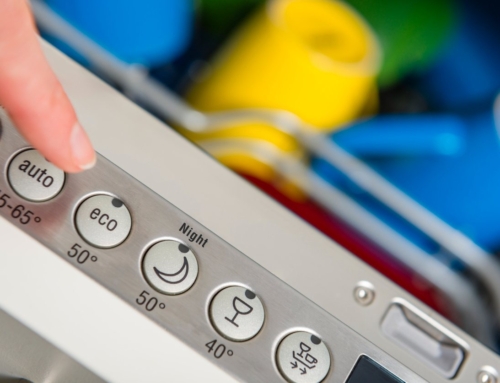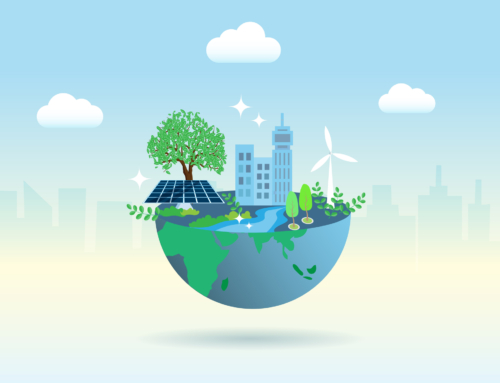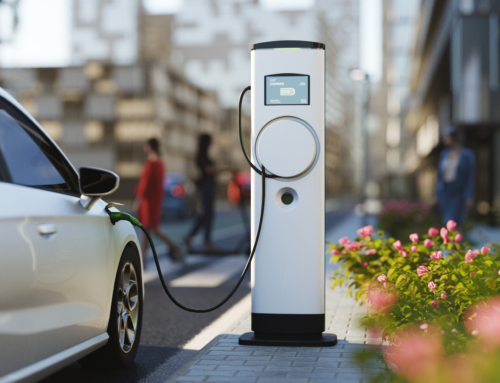Many Americans seek ways to live more sustainably and reduce their carbon footprint. However, this endeavor becomes challenging during the winter. Lights and heating systems run longer than usual, increasing household energy usage.
Fortunately, small and intentional actions can go a long way toward saving energy and helping the environment. To help you get started, we’ve compiled the best winter energy-saving tips to reduce your energy consumption.
How to Save Energy in Winter: 10 Key Tips
Here’s a list of some of the best winter energy-saving tips to help you stay warm during winter while reducing your environmental impact.
1. Let the Sun In
The sun is a free, clean, and abundant energy source. Open your blinds and curtains during the day and let the sun’s rays heat your home. You can reduce your heating appliances and consume less energy during winter. At night, close your curtains and blinds, adding to your windows to prevent heat loss. Consider investing in insulated curtains for maximum energy efficiency.
2. Seal Leaks
Sealing leaks is one of the most important winter energy-saving tips. Estimates reveal that air leaks in improperly weatherized homes can account for up to 40% of heat and cooling loss. Air can leak from your home’s windows, doors, electrical outlets, attic hatches, and baseboards.
When inspecting, check for dirty spots and signs of mold, as they indicate air leaks in your home’s walls and floor. You can employ the help of home air sealing experts to spot these areas.
The US Department of Energy recommends caulking and weatherstripping your doors, windows, and areas where electrical wiring comes through to seal leaks. You can also install foam gaskets on electrical outlets, switches, and interior walls.
3. Insulate Your Home
Besides sealing leaks, it is also crucial to ensure that your home is adequately insulated to prevent heat from escaping. Insulation is a barrier that slows the movement of heat outdoors, helping you maintain comfortable temperatures. Homeowners can save up to 15% on energy costs by installing insulation, making it a critical winter energy-saving tip. Make sure to insulate the attic, ceiling, walls, floorboards, and basement of your home.
4. Wear Winter Clothes Indoors
Your wardrobe is important to consider when learning how to save energy in winter. When you wear warm clothes indoors, you can raise your body temperature naturally, reducing your need to turn up your heater. According to the experts, turning down your thermostat by just a few degrees can significantly affect your energy consumption.
Wear a comfortable sweater or long-sleeved shirt and slip on warm socks. Cover yourself with blankets when engaging in leisure activities like reading or watching movies or television, and use a comforter at night so you can keep your heating at a lower temperature. You can also consider alternative sustainable heating options to keep warm during winter.
5. Check Your Water Heater Settings
Water heaters are one of the most energy-consuming systems in your home, accounting for around 20% of your total household energy usage. Because these systems constantly cycle and heat water throughout the day, they consume energy whether you are using them or not. Most homeowners leave their water heaters at a much higher temperature than needed.
Consider lowering your water heater thermostat by at least two or three degrees to avoid energy waste. Experts recommend setting the temperature to 120 degrees Fahrenheit.
6. Close Unused Vents
Most homes have barely used rooms, such as guest rooms and storage spaces. Shut the doors and close vents in these rooms. This simple, effective winter energy-saving tip helps you avoid energy waste, ensuring you don’t pay to heat unoccupied spaces in your house.
7. Circulate Heat Using Ceiling Fans
While you’d probably never thought about the direction your ceiling fan is spinning, it can help your family get more comfortable during the cold season. These fixtures normally rotate counterclockwise to provide a cooling effect during the warm season. If your ceiling fan has a reverse switch, you can spin it clockwise to circulate warm air accumulated at the ceiling and move it down to warm the space.
8. Switch to a Smart Thermostat
Smart thermostats are Wi-Fi-enabled devices that automatically adjust your home’s heating and cooling temperature settings. These thermostats can optimize your home’s temperature levels at night and when your family is away to help your home become more energy-efficient.
Smart thermostats require a bit of investment, but they can give you long-term energy savings that offset the initial cost. Moreover, some states provide exclusive rebates and incentives for these purchases. To make the most of your investment, make sure to run a search on rebates and inquire with your energy provider.
9. Use Space Heaters for Small Spaces
Even if you have a central heating system that can deliver warm air throughout your home, you don’t always need to heat every space in your house. Portable space heaters are excellent heating alternatives for small, enclosed, and high-traffic areas in your home that you rarely use. With no heat lost in ducts and vents, they can reduce your overall power consumption and ensure low energy use in winter.
10. Limit the Use of Exhaust Fans
Kitchen and bathroom exhaust fans get rid of moisture, odors, and pollutants by sending them outdoors. However, they can allow frigid air to creep into your home during winter, contributing to energy loss. You can reduce their negative impact on your heating costs by turning them off when they are not in use. For example, if you’re running the bathroom exhaust fan, turn it off once the condensation has cleared off the mirror to keep warm air in your home.
Save Energy All Year Round with Spring Power and Gas
While saving energy during the colder season can be challenging, the ten winter energy-saving tips we have provided can help you get started. Your efforts to save energy are a positive part of a global movement to protect the planet.
Spring Power and Gas can help you with this endeavor all year round. We are a leader in renewable energy and offer eco-friendly energy plan options to help you live a more sustainable life. Contact us today or check out our blog to learn more about how you can save energy all year round.




![Top 11 Sustainable Building Practices for Eco-Homes [Plus 5 Sustainable Materials]](https://springpowerandgas.us/wp-content/uploads/2023/02/iStock-181062267-500x383.jpg)

